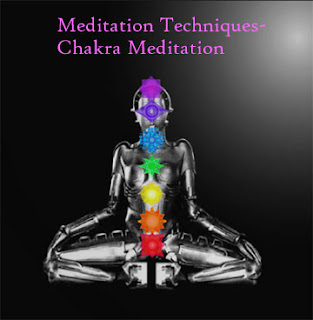The Primary Series :: Standing Asanas

X ARDHA BADDHA PADMOTTANASANA • HALF BOUND LOTUS FORWARD BEND Ardha=half Baddha=bound Padma=lotus Uttana=intense stretch 1. Inhale, place the right heel as close to the navel as possible. 2. Exhale, reach around behind back with right hand and hold onto big toe of right foot. 3. Inhale, lift left arm up. 4. Exhale, bend forward, looking straight ahead, left hand on floor. Drishti: nose. Hold for 5-8 breaths. 5. Inha le, head up, look between eyebrows. 6. Ex hale, fold forward, crown of head towards floor. 7. Inhale, head up, look up. 8. Exhale, spine straight. 9. Inhale, come up. 10. Exhale , leg down to Samastithi. Repeat left side,1-10. Modified posture: hold foot up in half lotus with both hands, 5-8 breaths, don ’ t bend forward. Or bend forward with both hands to the floor, and knee bent .


